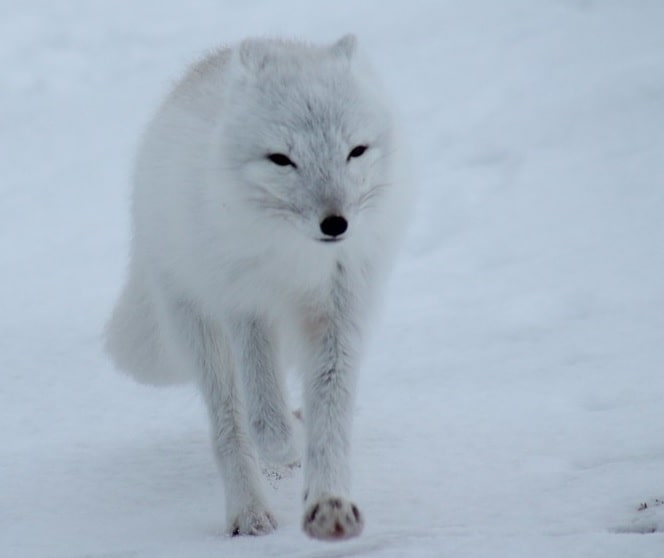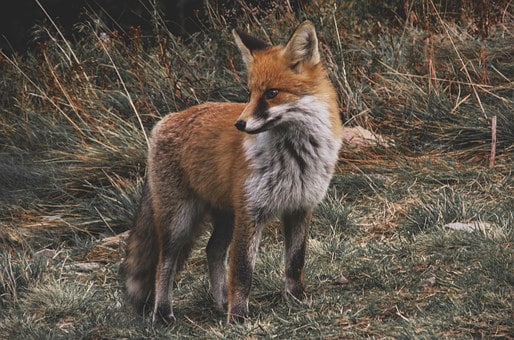
Arctic Fox
These species aim for small targets. They sense their targets in the vast region. They are small and weak but use clever tactics. They have some unique features too.
Fur
Their fur color changes with the season. In the winter they have white fur while in the summer brown.
Diet
Lemmings are their main diet. But they would eat anything that is available in the frozen tundra due to the cold climate.
Litters
Both father and mother stay together to raise their children. Litters are usually 5 to 8 but can be more than 20.
Partners
They are Monogamous animals - have only one partner for live.
Lifespan
Usually from 3 to 4 years in the wild and up to 14 years in captivity.
Range
In the arctic. Specifically: Canada, Alaska, Greenland, Iceland, northern parts of Russia and Scandinavia.
Enemies
Except humans Wolves, Golden eagles, and Polar bears are treat. Youngsters are not always safe. They can be dug out of the den.
Breeding
Usually in the spring. The partner searching may start in the winter.
Size
Adult males weight averagely 3.5 kg (7.7 lb). Females about 2.9 kg (6.4 lb). Small size makes them pray to other animals.
Endurance
Thick fur and excellent heating system allow them to not shiver in the cold. temperature as down as-70°C (-94°F) can be endured.
Hunting
Excellent hearing allows them to track their pray. They jump high and dive headfirst into the snow.
Eyesight
Poor eyesight but excellent sense of hearing.

